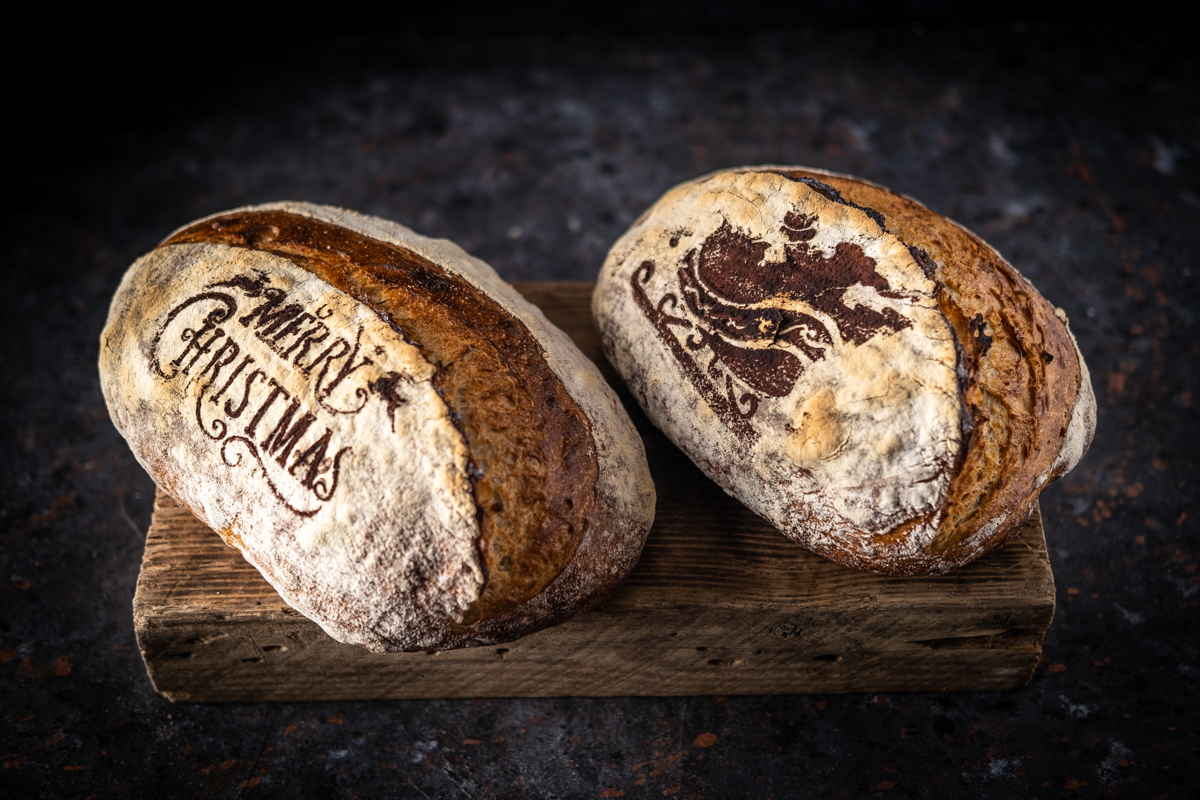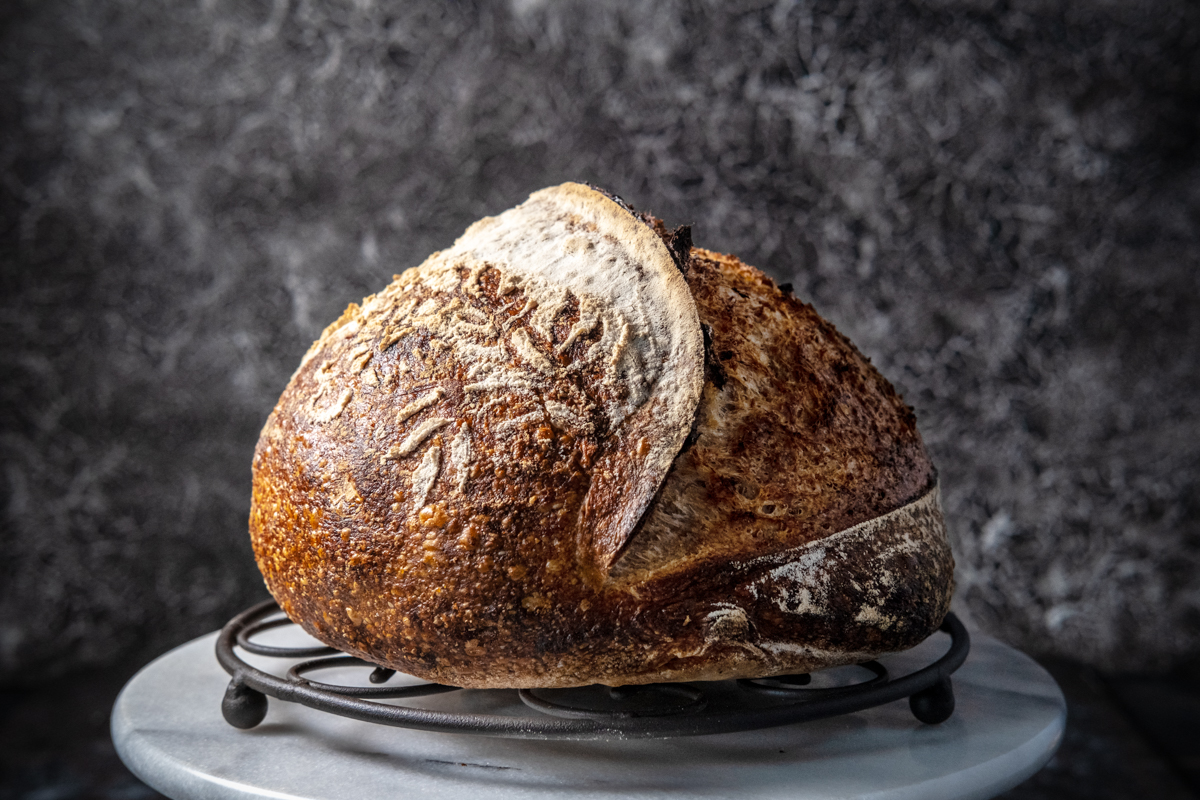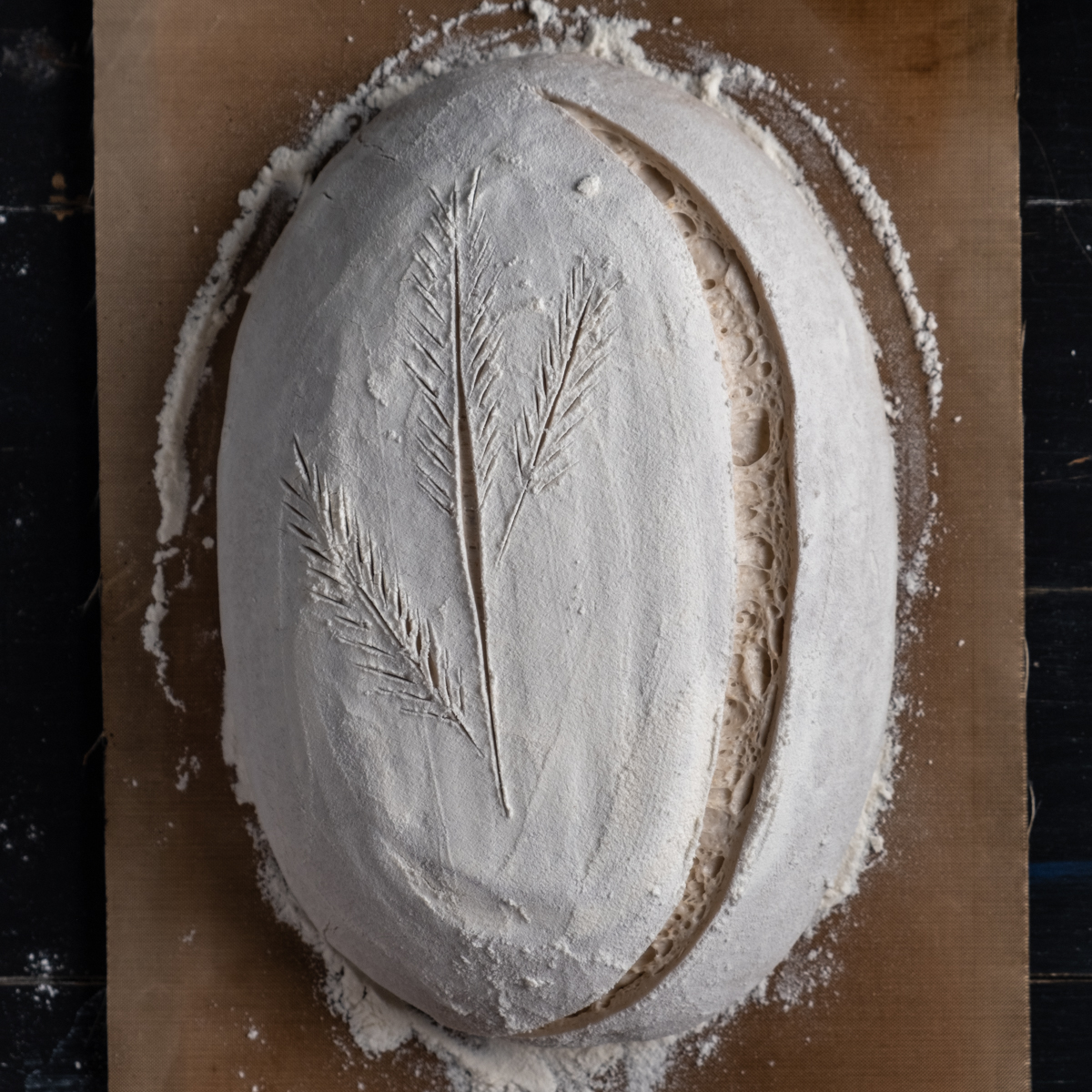Romanian Sourdough Sweet Bread (Cozonac cu maia)
I do this sweet bread every year but it is just this winter that I tried the sourdough version. As always, once I try sourdough, I do not come back to yeast. It will be the case for this bread as well. It is true that it takes time to make it but it worth every minute of it.


